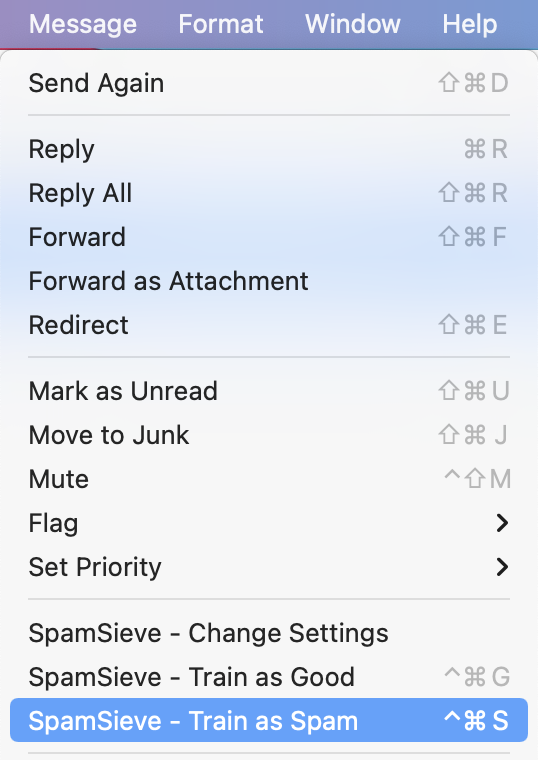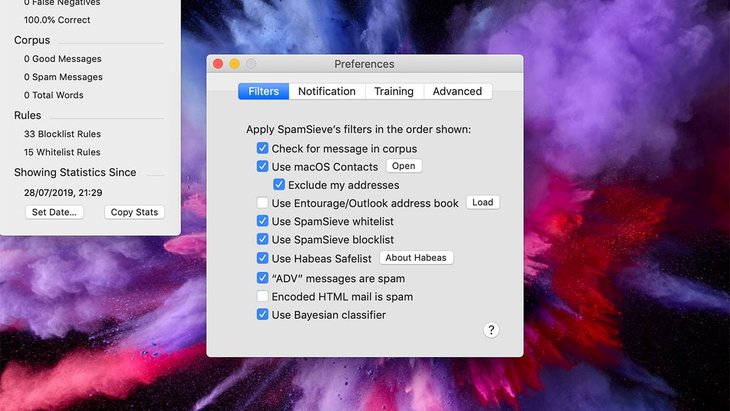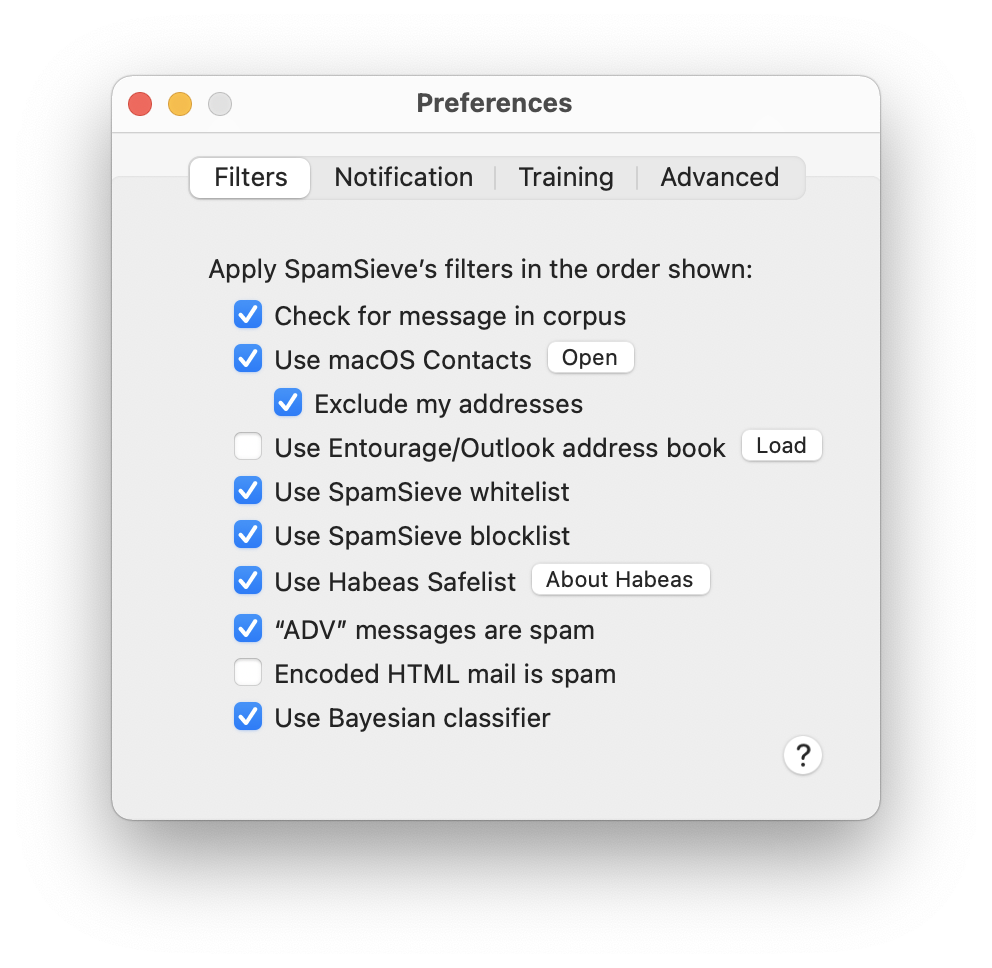

- #Spamsieve send all messages from a domain to trash how to#
- #Spamsieve send all messages from a domain to trash mac#
#Spamsieve send all messages from a domain to trash mac#
That is ONE question…why Spam is going to two places, my provider’s and Spam Sieve Spam folder.Oly Spam Sieve is on my Mac The provider’s is on the Imap account,.So i assume that settings apply across the board. I read you have to set for each of your domains in a thread here, but not on the instructions from SpamSieve. The email program may have been open, but I did I know they use a program called SHIELD but not sure if that is applied to my account or only as a premium service. SpamSieve is at the top of the list in the rules, which only contain two checked ones from Apple (News from Apple, identical rules it seems) and an unchecked one from my previous university.Ĭould it be they are filtered at my provider’s side before being sent? Which is good that they were caught, but what I am confused about is why they all did not go into Spam Sieve. But I also found Spam messages in my Spam box on my IMAP account. Now most stuff is caught, and I train the program to before my email domain provider’s spam filter failed o catch everything. I just bought the program today after trying for two days. So I logged in and hit the back arrow and tried to send, but got that weird message. Of course, if you choose to delete your account, notify family, friends or coworkers of your new email address and be sure to change your email address on any accounts linked to your old email address.Note: the forum says I sent this message already, but I don’t see it. If your inbox continues to be overrun with unsolicited or spam messages, starting anew may be the best alternative to fighting a constant battle with spammers. There comes a time when deleting your email account makes sense. This standalone spam blocker is compatible with Yahoo and Gmail, among others.ĭelete your email account – When in doubt, delete your account. SpamSieve is for use on Mac computers and iOS mobile devices. The desktop app, SpamBully, works with most email programs, including Gmail, Outlook, and Yahoo.

Utilize third-party apps – When you are finding a considerable amount of spam still making its way into your inbox, try a third-party app. This practice will allow you to maintain a relatively spam-free primary email account. Related: Sophisticated scam targets Gmail and Google Calendar usersĬreate additional email addresses – If you do not wish to eliminate mailing lists that you’ve signed up for, create another email address to keep these types of messages separate from your everyday inbox. Right-click the suspect email and choose Junk then Block Sender. This step will notify Google to investigate and will send future emails from that sender directly to your spam folder. One option if you are using Gmail is to click on the three-dot icon in the right corner and choose Report Spam. Responding to spam will indicate to spammers your email is active and encourage them to continue sending you junk.Īdjust your spam filter settings – Most email services include spam detection however, adjusting your provider’s spam settings can help ensure a higher amount of spam is detected before it shows up in your inbox.

Never respond to a suspect email or click a link in a questionable message.
#Spamsieve send all messages from a domain to trash how to#
How to cut down the number of spam emails in your inboxĭo not reply – Although this practice may seem obvious, it cannot be overstated. Now that you can recognize a few markers of spam, let’s check out how to reduce the number of unsolicited messages and junk mail you receive. Opening an attachment to a spam message can put your system at risk from a multitude of cyber-attacks. Email includes an attachment – Unless you know and trust the sender, never open an email attachment.If you notice several mistakes, exercise caution and delete the email, it could be a phishing attack. The body of a spam message is often riddled with typos. Spelling errors and poor grammar – The sender’s address is not the only area in which you may see spelling errors or poor grammar.One misspelled word, incorrect domain name, or missing letter could result in you unknowingly opening a message that infects your operating system. Criminals have become very adept at creating material that appears legitimate, so take a close look at all addresses before assuming it’s safe to open. Unknown sender’s address – Always take a close look at the sender’s address, if you do not recognize it chances are it is spam.


 0 kommentar(er)
0 kommentar(er)
